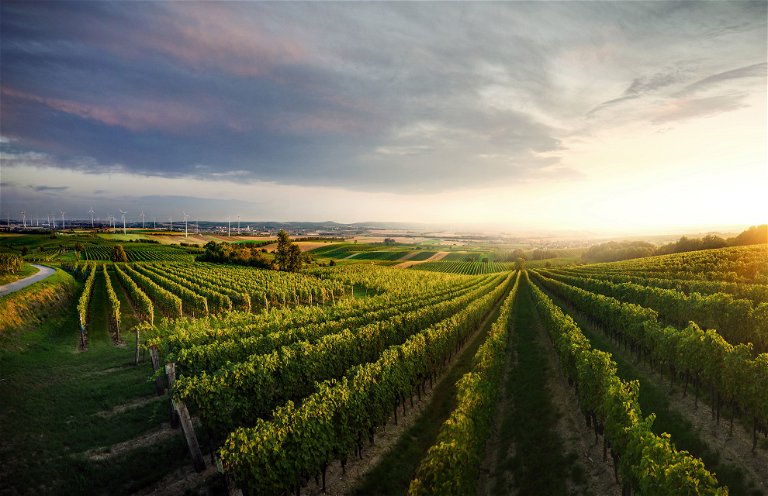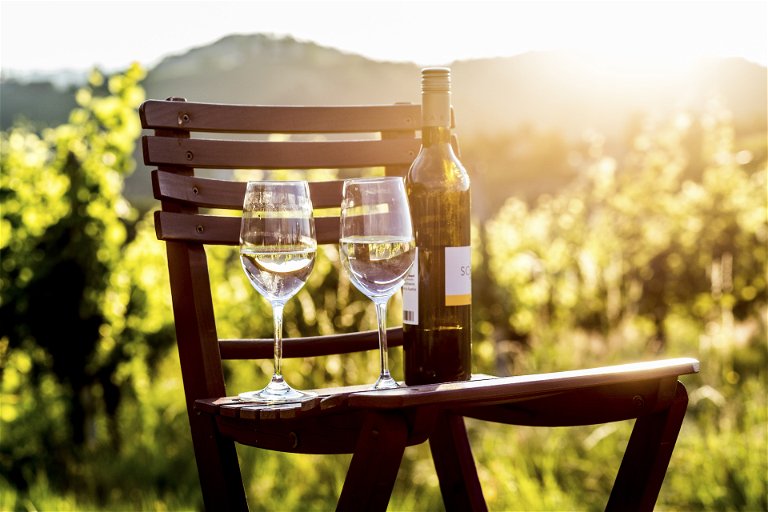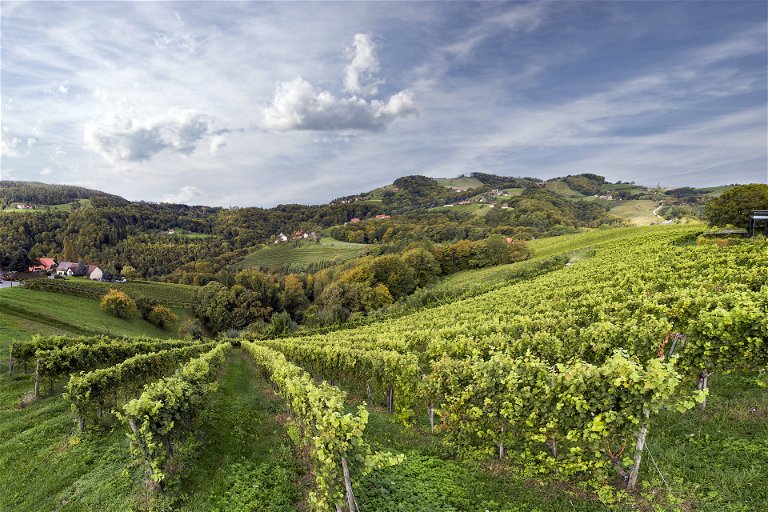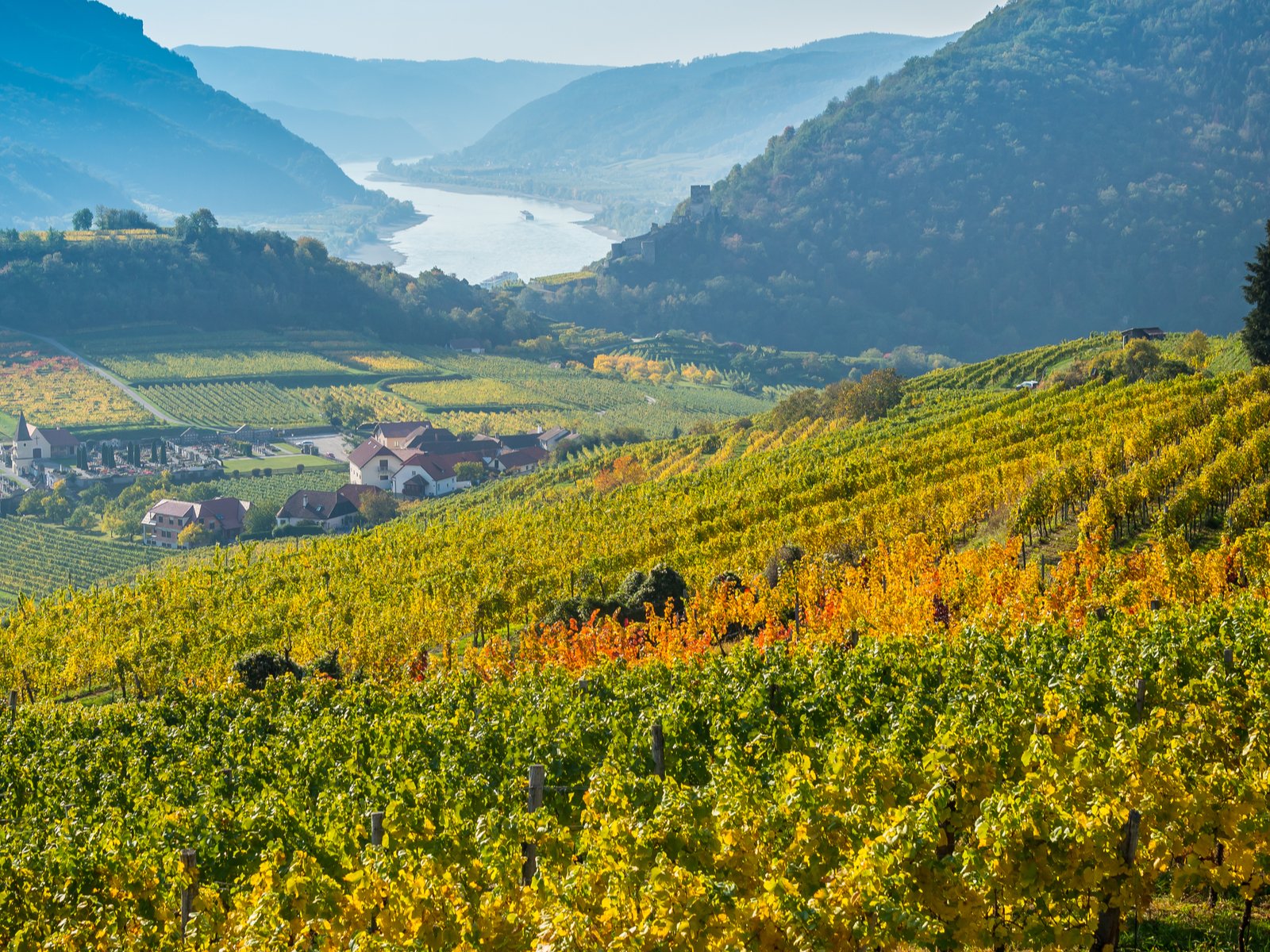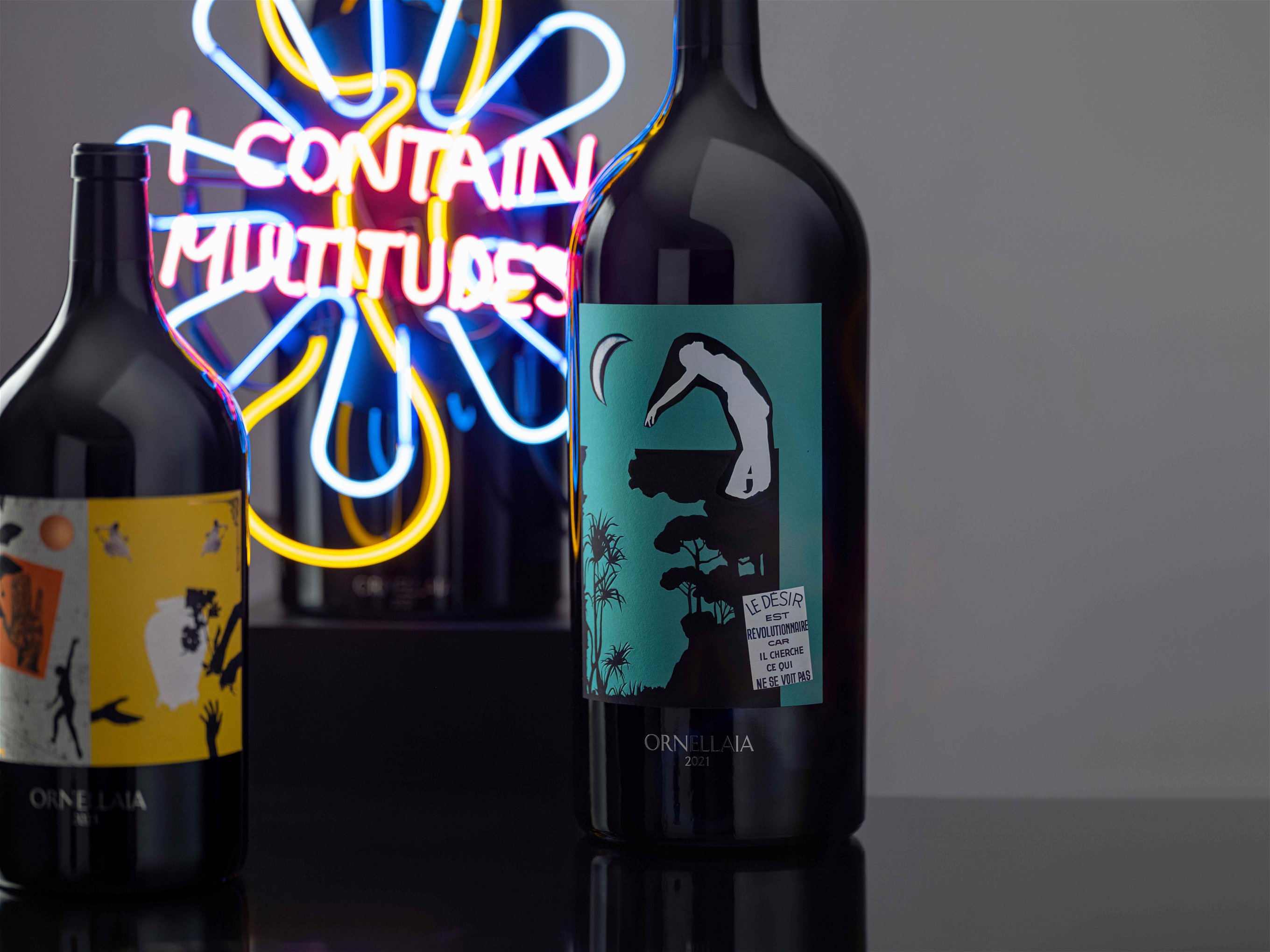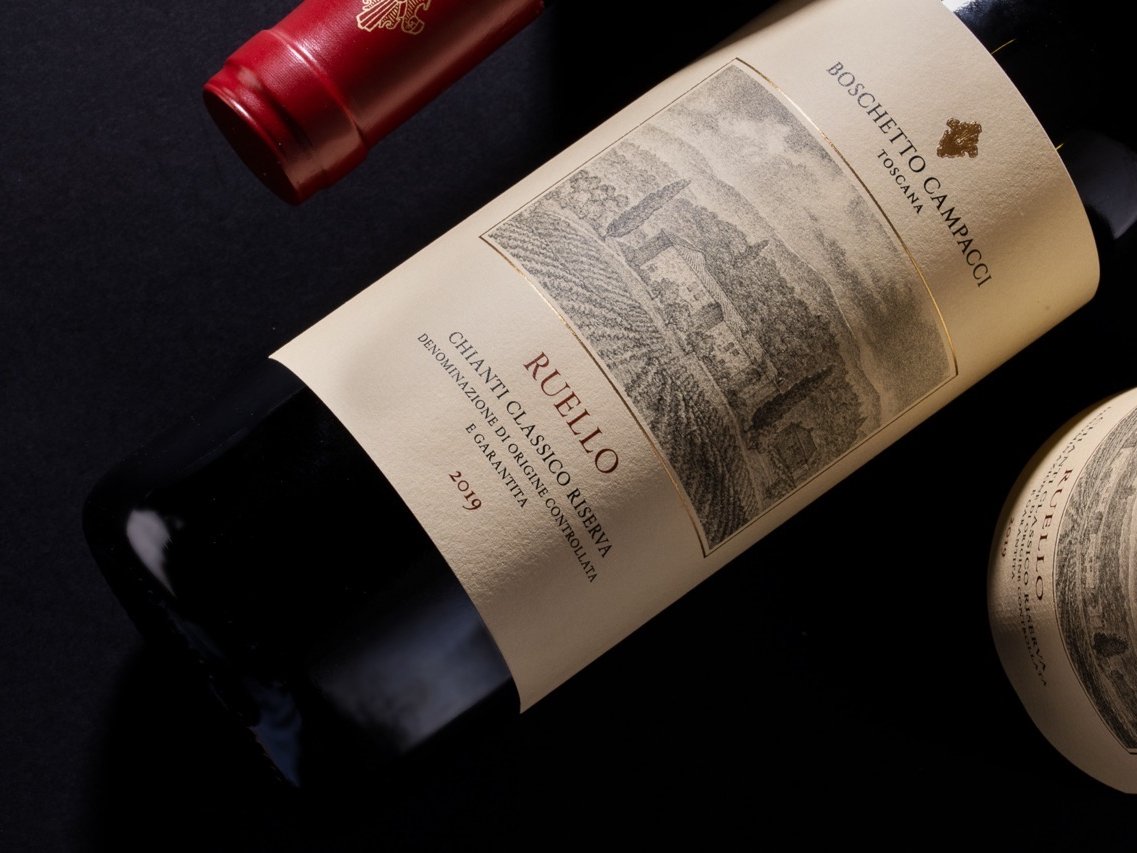Austrian Wine: A Region-by-Region Guide
Austria may be small but it packs a mighty punch when it comes to wine. While it has made its name with a fresh-faced, white grape variety called Grüner Veltliner, there is plenty more.
It is along the river Danube, around Vienna and in the country’s east that Alpine peaks give way to gentler hills and that ski slopes turn to vineyards. Situated along the 47th and 48th degrees of latitude and enjoying a deeply continental climate of warm summers and sunny autumns, Austria is in a sweet spot for viticulture. Vines have been grown for millennia and indigenous grape varieties evolved to thrive in these conditions – which Austria has managed to turn into unique selling points.
In a world often driven by corporate messaging, Austria has focused on the quality-driven and artisanal nature of its mostly small and family owned wine estates. It now enjoys an almost unparalleled reputation for its food-friendly, full-flavoured and beautifully proportioned wines. Let’s take a tour of its regions and grape varieties.
Weinviertel: Peppery Paradise
The Weinviertel is Austria’s largest wine region, extending north from Vienna all the way to the Czech border. The literal translation of its name is ‘wine quarter’ – because it is here that gallons of easy-drinking, light-bodied wines grew that slaked the thirst of the nearby capital Vienna.
Grüner Veltliner, Austria’s flagship white grape variety, reigns supreme in the moderate to cool climate of this most northerly region. This climate gives a particularly peppery note to Grüner Veltliner which the locals call Pfefferl – or little pepper. And they are not making it up: Grüner Veltliner really does have high concentrations of rotundone, an aromatic compound that is the taste of pepper. Today, the Weinviertel still produces much easy-drinking, zippy, light wine but more and more site-specific, profound wines are made that show the real potential of this still
underestimated region.
Wachau, Kremstal, Kamptal and Traisental: White Wine Jewels
The white wines of these four regions are singular and distinct jewels in Austria’s wine crown. This is where both Grüner Veltliner and Riesling reach their greatest expressions.
The vineyards of the Wachau and Kremstal regions seam the Danube and the distinction between them is political rather than geographical. They lie next to each other, east of the capital Vienna along either shore of the Danube, often on steep, terraced, stony and south-facing slopes. These rocky soils with little topsoil result in the most expressive and savoury Grüner Veltliners and in racy, sleek and bone-dry Rieslings – both long-lived and profound. The most spectacular vineyards are in the Wachau region, where the Danube forms a narrow valley, at its tightest at Wachau’s western end at the town of Spitz. This creates particularly dynamic airflows that help the grapes on the steep slopes to ripen.
Grüner grows where there is more topsoil and loess, Riesling grows in the highest, steepest and stoniest vineyards. The valley gradually becomes wider and warmer as the Danube flows east, merging seamlessly into the Kremstal region. Named after the town of Krems, it sports similarly stony slopes with slightly riper but still immensely sleek wines.
The Kamptal, named after the river Kamp, and the Traisental, named after the river Traisen – are valleys along these Danube tributaries. The vineyards are a little less dramatic but what lies beneath – stony conglomerates partly covered by loess in the Kamptal and dolomitic limestone in the Traisental – makes for compelling wines and yet again stellar expressions of Riesling and Grüner Veltliner. Kamptal Grüner Veltliner can be immensely savoury while the limestone in the Traisental lends essential coolness and elegance to the wines. More recently, Kamptal has also made a name for its exquisite Sekts, or traditional-method sparkling wines. The single vineyards wines of these four regions are the most sought-after white wines of Austria and can be aged for years.
Wagram, Carnuntum and Thermenregion: White, Red And Original
These are the regions surrounding the capital Vienna, each with its own personality and appeal. Wagram, directly east of Vienna, is a vast bank of loess, a deep, wind-blown sediment, along the Danube. Vines root deeply in this richer soil and have a rounded, generous nature. This sits well with Grüner Veltliner which is textured and super-spicy here.
South of Vienna lies Thermenregion. Its sheltered vineyards boast four specialities. Due to its calcareous soils Thermenregion has been home to the few plantings of Austrian Pinot Noir, called Blauer Burgunder, for centuries. The other red speciality is St Laurent, it can reach the same elegance as Pinot Noir, but often comes with darker, more brooding fruit. Then there are two absolute originals: Rotgipfler and Zierfandler, two white grape varieties. Rotgipfler is fragrant with notes of quince, orange, red apple and lemon and very textured. Late-ripening Zierfandler is prized for its fresh acidity and its oily, almost waxy richness. These are unique wines you have to seek out.
Southeast of Vienna is Carnuntum where red wines have the upper hand. Carnuntum extends all the way east to the Slovakian border where you find the last vestiges of the Carpathian mountains – its slopes now noted for elegant and spicy, red Blaufränkisch wines, especially from the Spitzerberg. However, Carnuntum has really made its name with Zweigelt, a versatile red grape that makes anything from easy-drinking, light-bodied to age-worthy, oak-aged wines and everything in between.
Vinous Vienna
Vienna always had and still has a sizeable wine industry of 637 hectares/1,574 acres of vines – these are not hobbyist projects but historic vineyards on the slopes of the Nussberg and Bisamberg within the city limits. These vineyards are behind the tradition of the Heurigen wine taverns which exist throughout Austria but have mythical status in Vienna.
One style of wine is particularly associated with Vienna: Wiener Gemischter Satz, a field blend of local varieties like Grüner Veltliner, Traminer, Riesling, Weissburgunder, Roter Veltliner, Welschriesling, Müller-Thurgau, Neuburger but also Chardonnay and Sauvignon Blanc. These grape varieties are planted alongside each other in the vineyards, are co-harvested and co-fermented. This harks back to a kind of risk-management system that used to be common across Europe. Farmers used to plant numerous varieties in a vineyard to guard against frost damage, disease or poor weather – depending on each vintage, some varieties would always do well, so there was always something to harvest. Today this style of wine growing and making results in supremely expressive wines that seem to be well-prepared for a changing climate.
Burgenland: Red Heat
Burgenland is Austria’s easternmost wine region that runs along the Hungarian border and stretches from Lake Neusiedl in the north to Eisenberg in the south. You will hear everyone referring to the ‘Pannonian’ climate, referring to the great Pannonian plain of Hungary, a depository of deeply continental heat that radiates west towards Austria. This means that red grapes dominate in Burgenland.
There is Zweigelt, but the grape that truly speaks of the land here is Blaufränkisch – the same as Hungary’s Kékfrankos, the noblest red grape variety of Central Europe. It makes expressive, structured and spicy wines that have elegance in the Leithaberg mountain’s lime and schist soils, leafy perfume in the Rosalia mountains, chiselled precision in the gneiss, mica and schist soils of Mittelburgenland and brooding spice in the rocky soils of Eisenberg.
The fact that Blaufränkisch speaks of these different stretches of Burgenland so much tells you that this is a grape that is right at home here, reaching its fullest expressions. Another world-famous export are the noble sweet wines that thrive in the unique climate around Lake Neusiedl – the Trockenbeerenauslesen are mind-bending and so are the historic sweet wines known as Ruster Ausbruch.
Steiermark: Aromatic Heights
Steiermark, or Styria, is Austria’s southernmost wine region, bordering on Slovenia. It has three distinct parts, with distinct characters and grapes. The Weststeiermark has made its name with Schilcher, a spicy, light-bodied rosé wine made from the indigenous Blauer Wildbacher grape. Sadly Schilcher has largely remained a local phenomenon: the young wines are drunk as soon as they are made and prized for their utter lightness and joy. Vulkanland Steiermark in the east is famed for perfumed Traminer, Gewürztraminer and Sauvignon Blanc. Made into supremely scented wines that for once have their heady perfume countered by vivid acidity. Between those two regions, due south, lies Südsteiermark, or southern Styria.
It is a supremely verdant region with vertiginously steep slopes that are home to Sauvignon Blanc, Gelber Muskateller, Weissburgunder and Chardonnay which is called Morillon here. Altitude and temperature turn Südsteiermark into a marginal climate where grapes ripen slowly, accumulating aroma and flavour while retaining brisk freshness. If you love light-bodied wines with vivid expression and real depth, Südsteiermark will become your new obsession. Styrian Sauvignon Blancs, grown on limestone, are amongst the greatest in the world. Another treasure is the supremely aromatic and floral Gelber Muskateller: exquisite lightness, vivid acidity and scented brilliance are its hallmarks.
This is why this tiny country outperforms so many others: because it has had the courage to stick to its guns, forge a real identity with its indigenous varieties and hone them into great expression. If you are not drinking Austrian, you are missing out.


